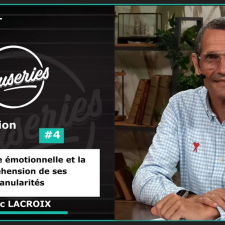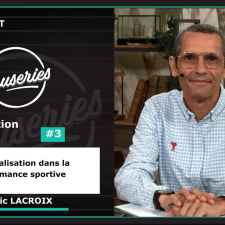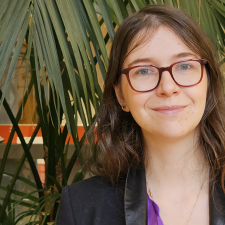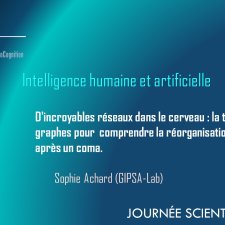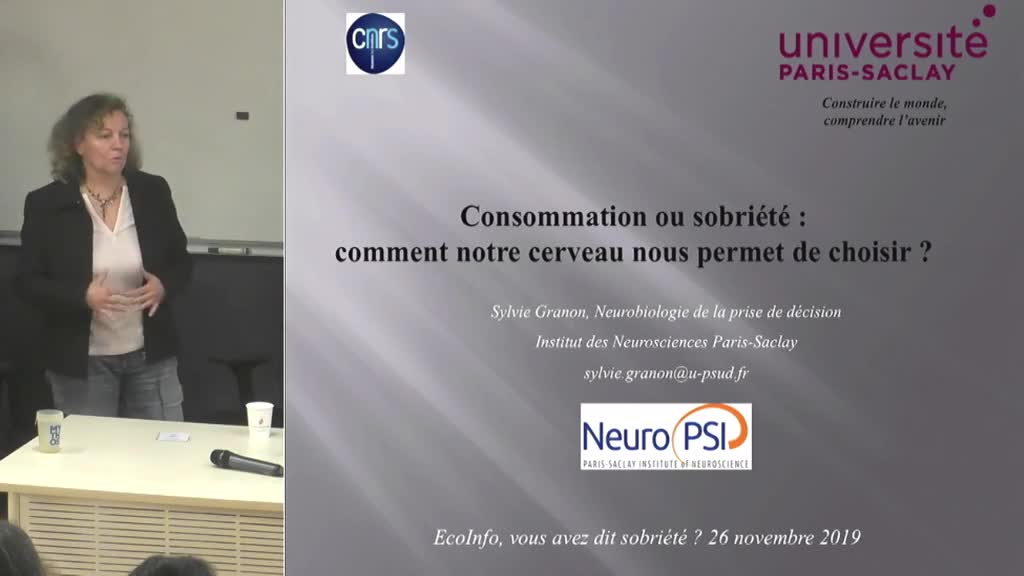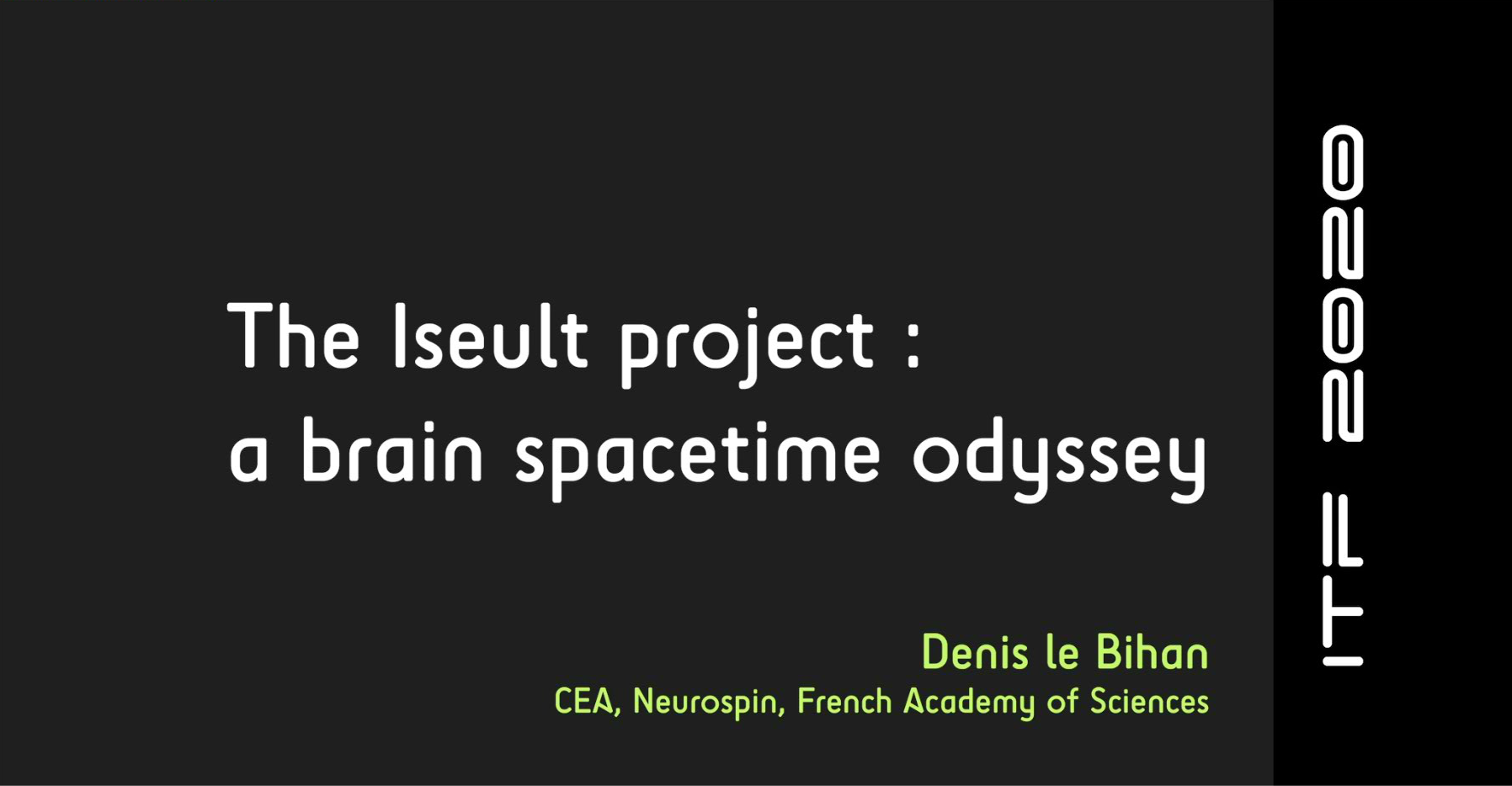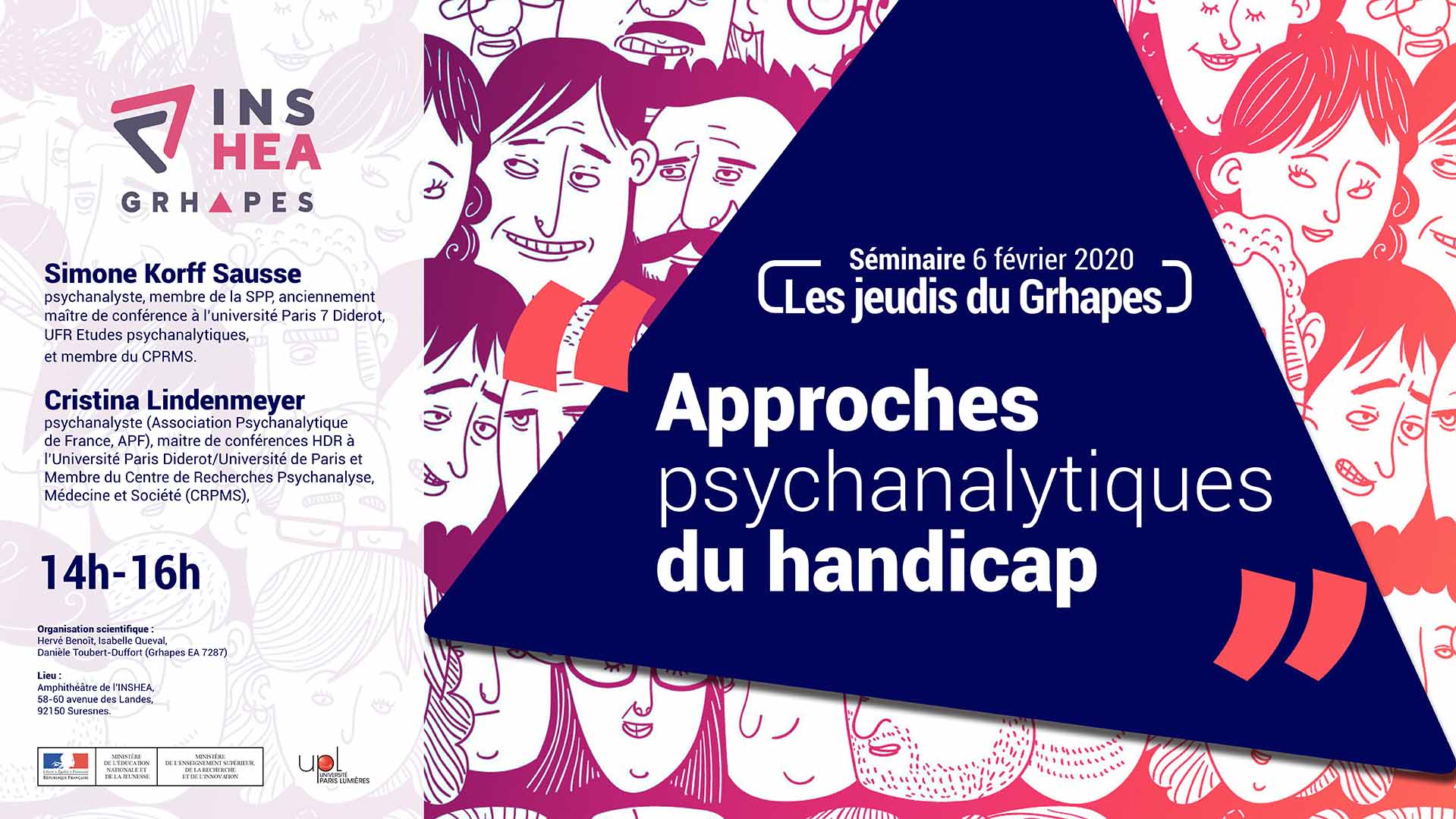Notice
Topological insights in neuroscience
- document 1 document 2 document 3
- niveau 1 niveau 2 niveau 3
Descriptif
Over the past decade, and particularly over the past five years, research at the interface of topology and neuroscience has grown remarkably fast. Topology has, for example, been successfully applied to objective classification of neuron morphologies and to automatic detection of network dynamics. In this talk I will focus on the algebraic topology of brain structure and function, describing results obtained by members of my lab in collaboration with the Blue Brain Project on digitally reconstructed microcircuits of neurons in the rat cortex. I will also describe our on-going work on the topology of synaptic plasticity. The talk will include an overview of the Blue Brain Project and a brief introduction to the topological tools that we use.
Sur le même thème
-
Diplôme Universitaire - Apprendre à apprendre
Présentation de la formation
-
L'exploration mentale #4 – Intelligence émotionnelle et la compréhension de ses granularités
LacroixÉricPorlierChristopheL'exploration mentale #4 – Intelligence émotionnelle et compréhension de ses granularités
-
L'exploration mentale #3 – La visualisation dans la performance sportive
LacroixÉricPorlierChristopheL'exploration mentale #3 – La visualisation dans la performance sportive
-
Une minute avec Amélie Aussel
AusselAmélieAmélie Aussel est chercheuse au sein de l’équipe-projet Mnemosyne du centre Inria de l’université de Bordeaux.
-
The coldness of the stone and the lightness of the bird: a memorial garden for the victims of Novem…
AccarainMadeleineTalk by Madeleine ACCARAIN (Wagon Landscaping, Paris), as part of the workshop "Memory, Place, and Material Culture", organized by John SUTTON, 2022-2023 research fellow at the Paris IAS, Emeritus
-
mark edmonds, building and belonging: architecture and memory in neolithic orkney
EdmondsMark R.SuttonJohnTalk by Mark EDMONDS, (Archeologie, York), in the context of the workshop "Memory, Place, and Material Culture", organized by John SUTTON, 2022-2023 research fellow at the Paris IAS, Emeritus
-
La théorie des graphes pour comprendre la réorganisation cérébrale après un coma.
AchardSophieLa théorie des graphes pour comprendre la réorganisation cérébrale après un coma.
-
Consommation ou sobriété : comment notre cerveau nous permet de choisir ?
GranonSylvieAu cours de cet exposé nous verrons comment les connaissances actuelles sur le fonctionnement cérébral et la prise de décision permettent d’expliquer comment se font les choix, leur diversité et ce
-
The Iseult project : a brain spacetime odyssey
Over the past ten years, Bio-Imaging translational research has experienced an unprecedented expansion: ten years of challenges, collaborations, success stories and significant advances, thanks
-
le langage totalitaire
Une théorie qui se prétend totalement explicative est une théorie totalitaire. Le langage est alors organisé autour d'une seule référence, qu'elle soit religieuse, laïque ou scientifique. Le chef, le
-
brains on drugs: lessons from the 3rd reich
Norman OHLER (Berlin – author of "Blitzed, Drugs in the Third Reich"): "Brains on Drugs: Lessons from the Third Reich" "The Brains that pull the Triggers - 3rd Paris Conference on Syndrome E":
-
Les jeudis du Grhapes : Cristina Lindenmeyer
LindenmeyerCristinaDétail des interventions de la huitième séance du séminaire de recherche « Les jeudis du Grhapes » 2019-2020 « Altérité(s) et société inclusive » 6 février 2020 : « Approches psychanalytiques




